-
Help, my first houseplant! Basic care guide for beginners
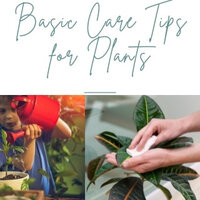
We have all been novices. We have taken a plant in our hands with the fear of not knowing what to do with it and ending up with the worst possible ending. Little by little, with some basic knowledge of plant care and a bit of intuition that develops in the process, we end up understanding our plants and giving them exactly what they need.
But don't despair at the first few attempts, it's OK if you fail once. The important thing is to keep learning until you become a master. Before you know it you will end up being the friend everyone turns to when they need advice for their terrace. How about starting with the basics?
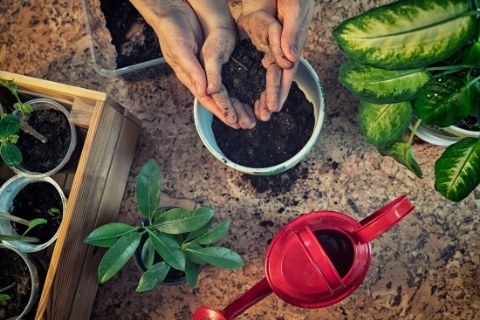
is my plant for indoors or outdoors?
It is essential to know if your plant can live indoors or if it will grow more happily in a garden or on a terrace (outdoor plants). Do a quick research on the basic characteristics of your plant to choose the best place in your home for it.
With regard to space, assess it well. Ask yourself if it has light, if it is direct, if it will have humidity, the temperature.... Indoor plants have different, somewhat more special needs, so we must take all the factors into account. If they are not the right ones, our plant may start to warn us, languishing, losing its colour...
There are many times when plants end up dying even though we take care of them and pay attention to them, because we don't understand their needs properly.
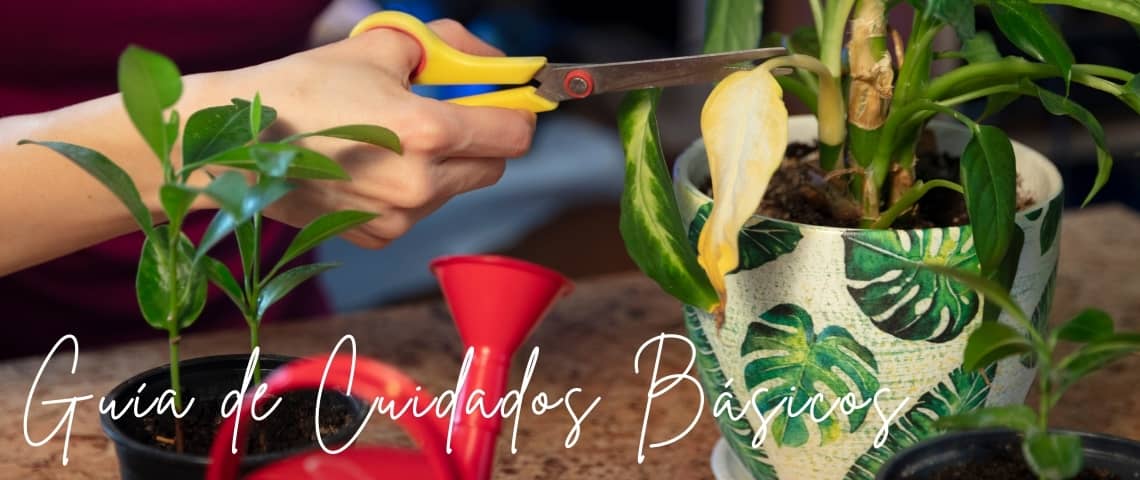
the right pot
When it comes to the choice of pot we have to take two factors into account. Three if you want it to be a nice one! Both the size and the material of the pot will be crucial for the life of your plant.
With regard to the material, a terracotta, clay or earthenware pot, always with a few holes in the base to help drain the water, are ideal for those that do not need too much humidity. Plastic, on the other hand, is the best choice for plants that need to grow in moist soil.
If your plant is up to 50cm tall, it is important to use a pot larger than 30cm so that the roots have enough room to grow and develop. If you want your plant to keep growing longer than half a metre, it is advisable to give it even more space by looking for pots up to 50cm in diameter.
let there be light!
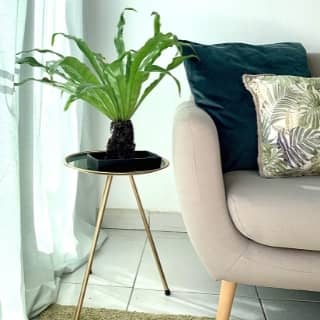
Absolutely all plants need light. Some will need more, some less, but no plant will grow in total darkness. Dark-leaved houseplants and ferns are the species that will need the least light. So if you don't think your home has a space too bright for them, these are your best options. If your plant begins to lose its characteristic green and starts to yellow, it is probably asking for more light. Learn to understand its needs.
it's watering time
Am I drowning it? What if it needs water and I'm killing it? We all know the importance of watering, but the eternal doubt consumes us. Fact! Many more plants wither from overwatering than from underwatering. So in this case, too little is better than too much. The soil in the pot is the best guide. Feel it regularly to see if it is damp or poke a stick into it. If it is dry, it is time to go for the watering can. Finally, don't get the leaves wet. Doing so can lead to dampness and fungal growth.
Other ways to keep your plant hydrated is from below. If you have a pot with holes in it, soak it in water for about 15 minutes. This will help the soil and roots absorb the amount of water they need to grow well.
cleaning
Yes, cleaning! Keeping the leaves clean is also essential for a happy plant. Dust from our home will settle on the leaves, and just like furniture, they also need to be removed. To clean them, use a fine damp cloth with a few drops of glycerine. This will help prevent dust from sticking to them again and they will also shine.
remove the substrate
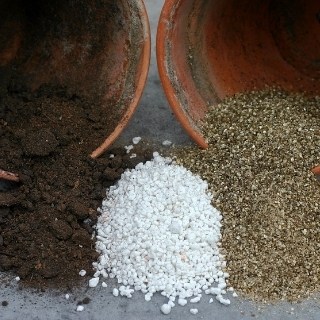
A couple of times a month it is a good idea to remove the substrate from the surface of the pot so that it does not become compacted and allows water and oxygen to pass through. Do this very carefully and very superficially so as not to damage the roots.
pruning!
Pruning is another scary thing. Very scary. Because a pair of scissors is scary, and having to cut off a small part of your plant is also scary. But it is a practice that helps them to grow healthily, as dry leaves or withered flowers take nutrients away from the rest of the plant.
buy your plant
With these basic guidelines, you can start taking care of your little ones, whether you are setting up a small garden, an urban jungle or simply have a beautiful plant on your desk. Keep in mind that they themselves will be the ones to tell you if everything is going well or if something is going wrong and not letting them grow peacefully. Listen to them, take care of them and watch them grow splendidly.
No comments found.